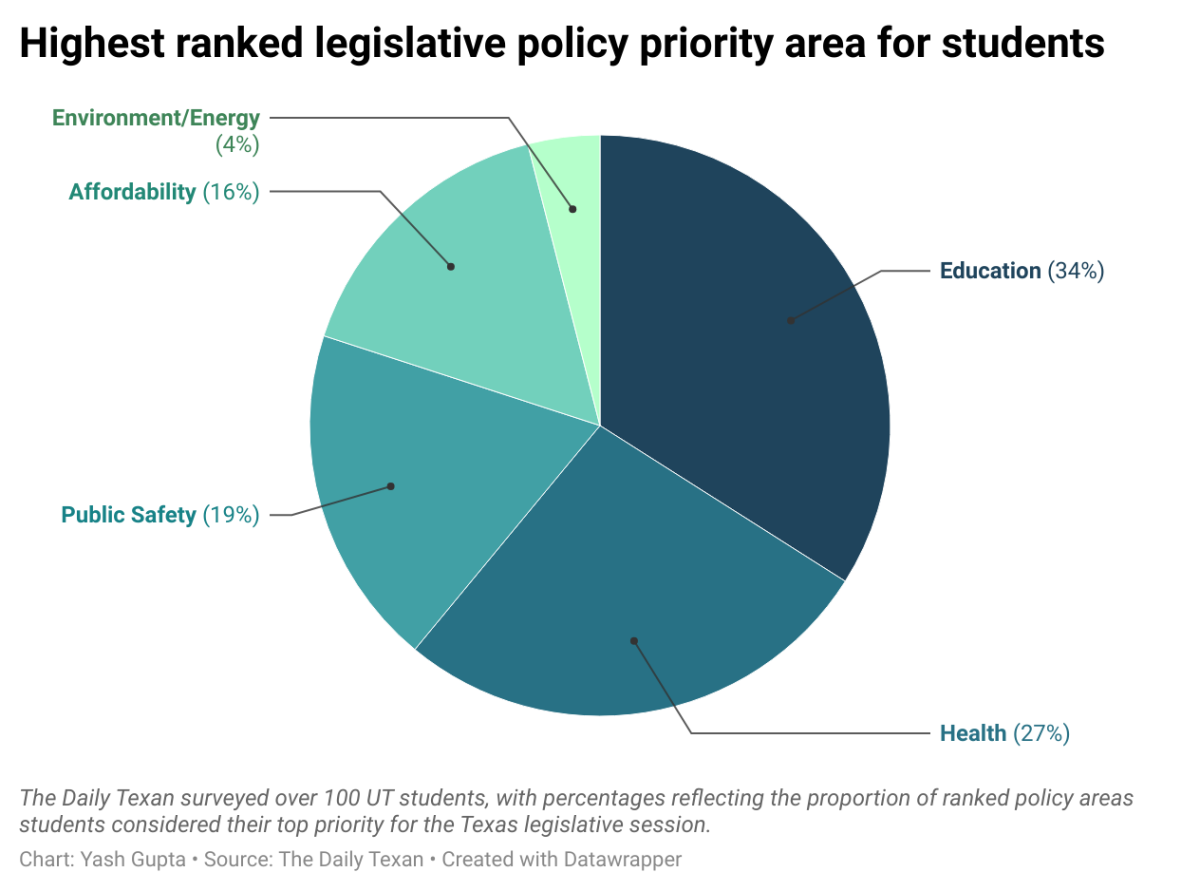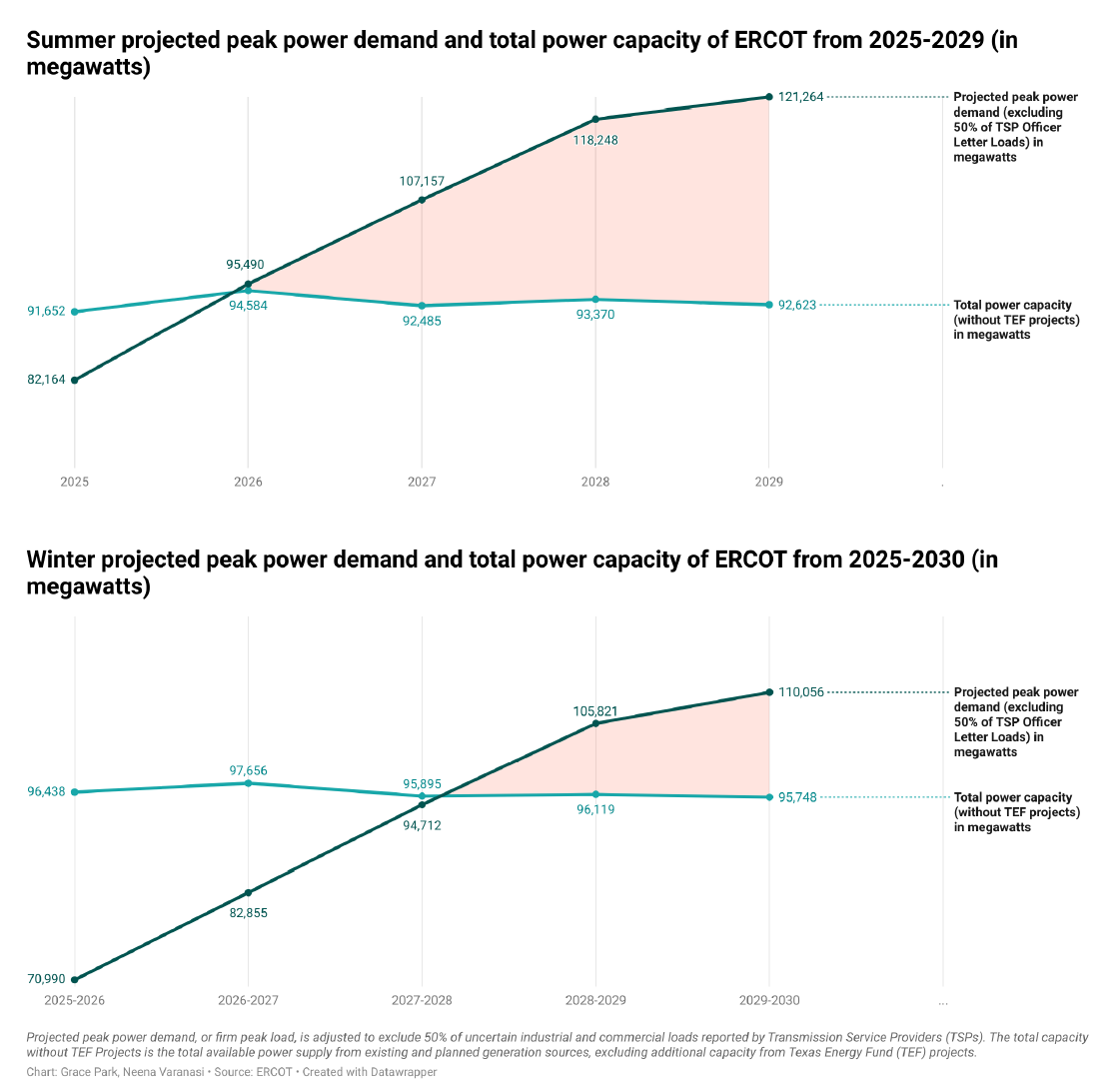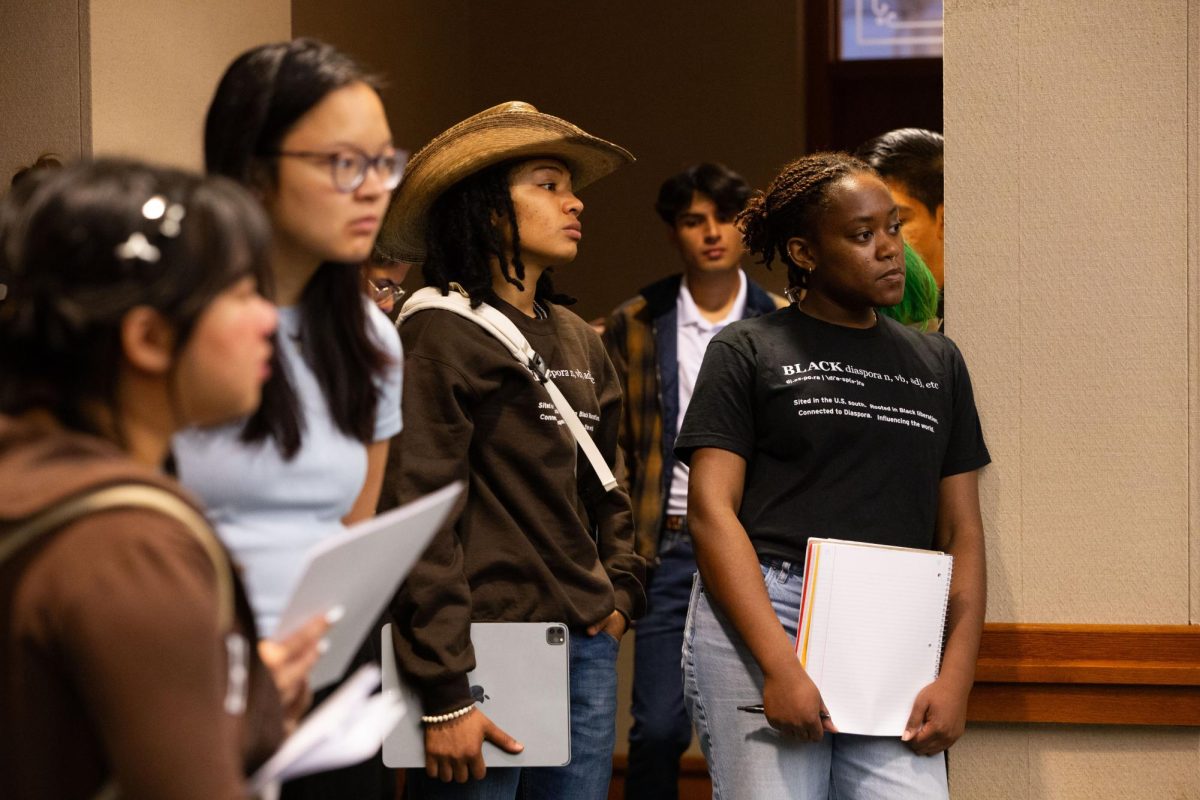Rice farmer Ronald Gertson uses millions of gallons of water each year to maintain his crop in southeast Texas. A full Lake Travis is the lifeblood of marina owner Janet Caylor. The Sierra Club’s Jennifer Walker monitors water conditions throughout the lower Colorado River to ensure plants and animals continue to thrive.
As drought conditions worsen across Texas, these and other stakeholders who rely on the river’s reservoirs compete to ensure the Lower Colorado River Authority protects their interests. For the first time in more than 10 years, droughts are affecting every part of Texas, according to the U.S. Drought Monitor. Lack of rain combined with warm, windy weather have led to one of the worst droughts in history, causing wildfires across the state, said LCRA meteorologist Bob Rosec.
Last summer, the LCRA created the Water Management Advisory Committee to gather input from groups that depend on Lakes Travis and Buchanan to update the Water Management Plan, which determines allocation of the increasingly limited water resources. The two lakes are dammed sections of the Lower Colorado River that serve as the water supply reservoirs for the 600-mile section of the river the authority oversees.
It’s difficult to meet the demands of farmers, environmentalists, waterfront homeowners, business owners and others as the need for water increases with a growing population, said Mark Jordan, manager for River Management for the LCRA.
“Drought and the resulting potential curtailments cause a lot of emotions to fly,” said Gertson, a fourth-generation rice producer and committee member.
Gertson planted his crop last month, the driest March on record, according to the LCRA. Water keeps the soil saturated and prevents weeds and grasses from competing with the rice crop. During drought, Gertson and other farmers must take additional measures to ensure successful harvests.
“When we’re dry [during the] early season like this, we have to use more water in establishing the crop than we would otherwise,” Gertson said.
Rice farmers use more water from the reservoirs and pay less to access it compared to any other type of major customer, including cities or waterfront businesses, but the LCRA considers farmers interruptible customers, so their water can be cut off during drought. The authority guarantees cities, businesses and industries will keep their water even if droughts reach record levels.
The LCRA has not curtailed the farmers’ water supply, but Gertson remains cautious. With the rice industry in Texas smaller than it was decades ago, the growing demand of cities on the water supply could edge out the rice farmers, Gertson said.
Gertson’s great-grandfather moved to Texas from Kansas in 1908 and discovered a few years later that rice was a lucrative crop. Today, Gertson runs the business with his three brothers, their wives and his father. Gertson’s son Timothy, an engineer, has joined the family business against his father’s wishes.
“During Tim’s lifetime, there will be lots of times there won’t be crops planted as a result of a lack of water,” Gertson said.
Lakeside, waterfront property and business owners see rice farmers as culprits responsible for visibly low lake levels. When the authority maintained the downstream water supply to the rice farmers during the previous drought, waterfront business owners and homeowners felt an impact on their pocketbooks because of emptying reservoirs. The Highland Lakes area, which includes lakes Travis and Buchanan, is an economic engine for the state, said Janet Caylor, who is a member of the committee and owns a marina on Lake Travis.
“When the lake goes down, visits to the lake drop dramatically,” Caylor said, who bought her first marina 13 years ago.
During the previous two-year drought, business owners had to relocate all floating restaurants and marinas, and lake-area property values declined, Caylor said. Two marinas and a restaurant went out of business when droughts caused combined storage levels in Lakes Travis and Buchanan to fall below 800,000 acre-feet in 2009, she added. An acre-foot is a measurement that describes the volume of a foot of water on top of an acre.
Waterfront business owners and homeowners want to increase the minimum amount of water stored for the two lakes so the reservoirs will serve their needs. Under the current water management plan, the storage level is permitted to fall as low as 200,000 acre-feet.
“The fact that the other interest groups can engage in the conversation where they think the volume in these two lakes should be drawn to the 200,000 acre-feet level is astonishing to us,” Caylor said.
Recently, residents and business owners with an interest in lake water levels formed a coalition to acquire more political clout and urge the authority to prioritize their economic interests in the new plan, she said.
“This is about preserving revenue for the state of Texas and preserving the livelihood for these hundreds of thousands of people who moved to the [lake] area,” Caylor said.
Jennifer Walker, a water resources specialist for the Lone Star Chapter of the Sierra Club, said wildlife that live in the river are at risk. From an environmental perspective, drought is a normal, cyclical phenomenon. Walker, also a committee member, said environmentalists want to avoid above-normal drought conditions in the Colorado River and the Matagorda Bay downstream.
Walker said that the river and bay provide ecological services to support wildlife. Stakeholders and the LCRA must consider how the water maintains a level and saltwater gradient that supports wildlife in the river and bay, she said.
The committee has until the end of June to agree on a possible course of action, but with each player deeply invested in the river’s future management, it’s an emotional and difficult process. The authority won’t vote on a final Water Management Plan until November 2012. It will then go to the Texas Commission on Environmental Quality, which will go through its own planning process before implementing changes.




















